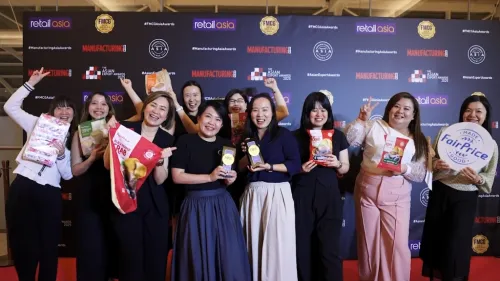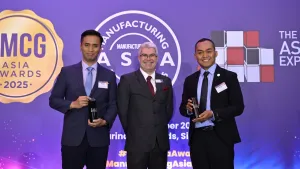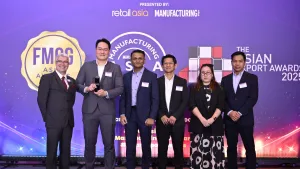Global Bio-CDMOs set for 12.5% annual growth through 2028
Push for innovations and strategic expansions across the value chain drive the bio-CDMO industry.
The global bio-Contract Development and Manufacturing Organization (CDMO) industry's compound annual growth rate is projected at 12.5% from 2023 to 2028, with APAC being the fastest growing region with approximately 20% growth.
This growth appeals for emerging biopharma companies who lack resources in product development and capacity, turning to bio-CDMOs for their flexible end-to-end capabilities.
Rathanesh Ramasundram, Director of Growth Advisory for Healthcare & Life Sciences at Frost & Sullivan, said that this growth is largely driven by the industry’s push to build end-to-end, multi-modality services that support the new modality pipeline for biologics, including areas like mRNA and Cell and Gene Therapies (CGT).
She said that a critical emerging trend is the shift of bio-CDMOs going beyond service providers to becoming technology partners across the value chain. "The bio CDMOs are trying to differentiate themselves as technology partners, not only on scale and price, but by building up their own manufacturing capacity across the value chain," explained Ramasundram.
This includes developing technology platforms internally or strategically acquiring them to integrate a robust technology platform into their workflows, enhancing efficiency and effectiveness from early-stage development to clinical commercialization.
"Emerging bio CDMOs should make targeted investments, investing only in complementary areas and adjacent segments. It puts them in a very niche area in a very competitive industry moving forward," she commented. This strategy involves both horizontal expansions, such as geographic growth, and vertical expansions, such as acquiring new technologies for specific modalities.
One of the most promising growth opportunities for bio-CDMOs, particularly in Asia, is the expansion of viral vector manufacturing capabilities. The demand for viral vector-based gene therapies is on the rise, leading to significant efforts to continuously improve viral vector manufacturing.
"Improving and expanding the viral vector manufacturing capabilities in Asia is a key growth opportunity," noted Ramasundram. Currently, Asia accounts for about 10% of the global contract viral vector manufacturing capacity, significantly lower than the United States and Europe.












